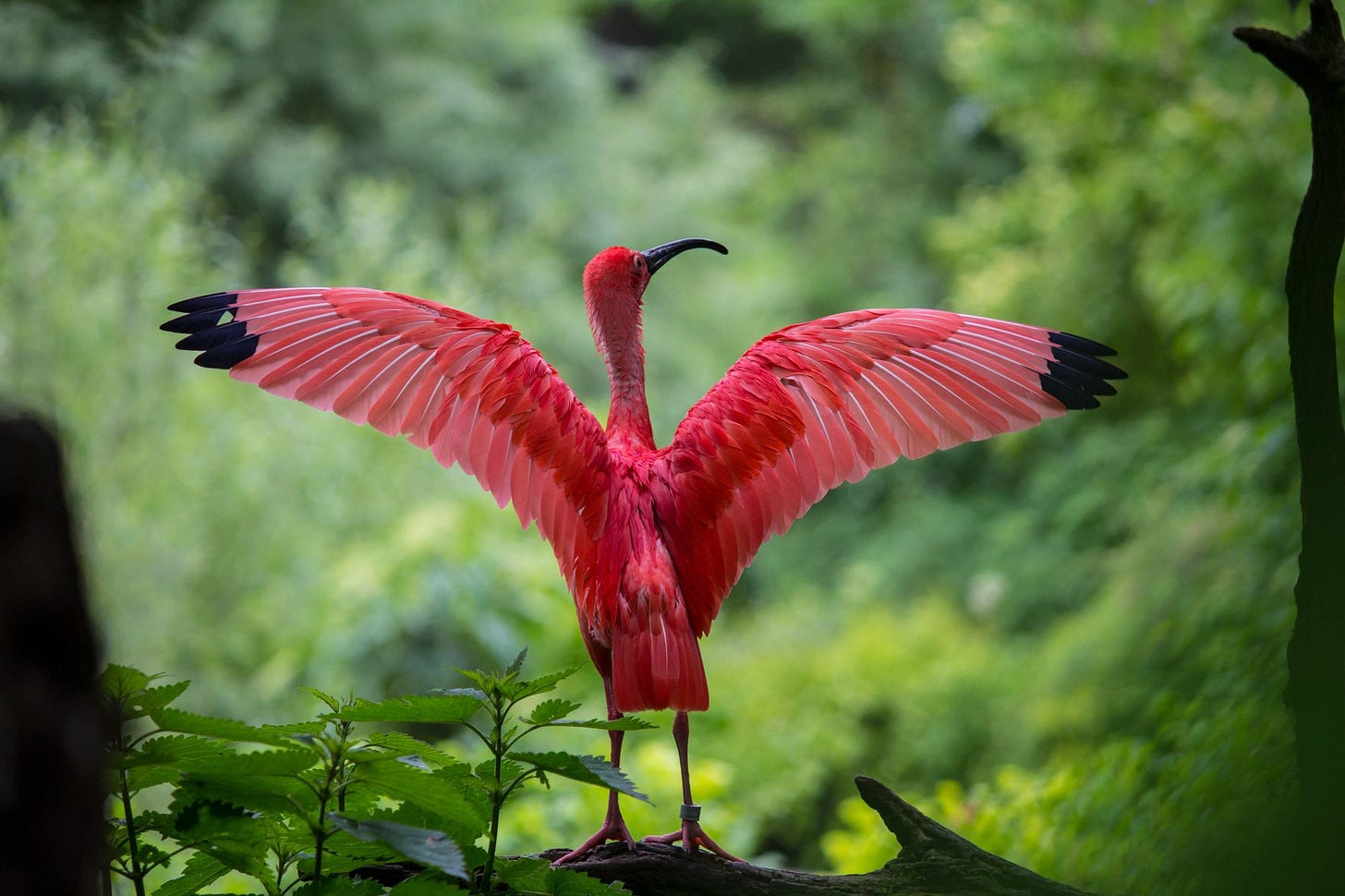I'm still working on that novelette (novella? who knows, anymore) featuring a winged species of sentient, lactating egglayers. The story involves at least one aerial battle, which means I needed to know a lot more about how wing designs impact speed and manoeuvrability. Plus, I was curious how plausible a flying humanoid would be.
Quick Facts
The ultravio…
Keep reading with a 7-day free trial
Subscribe to Manuscriptions to keep reading this post and get 7 days of free access to the full post archives.



